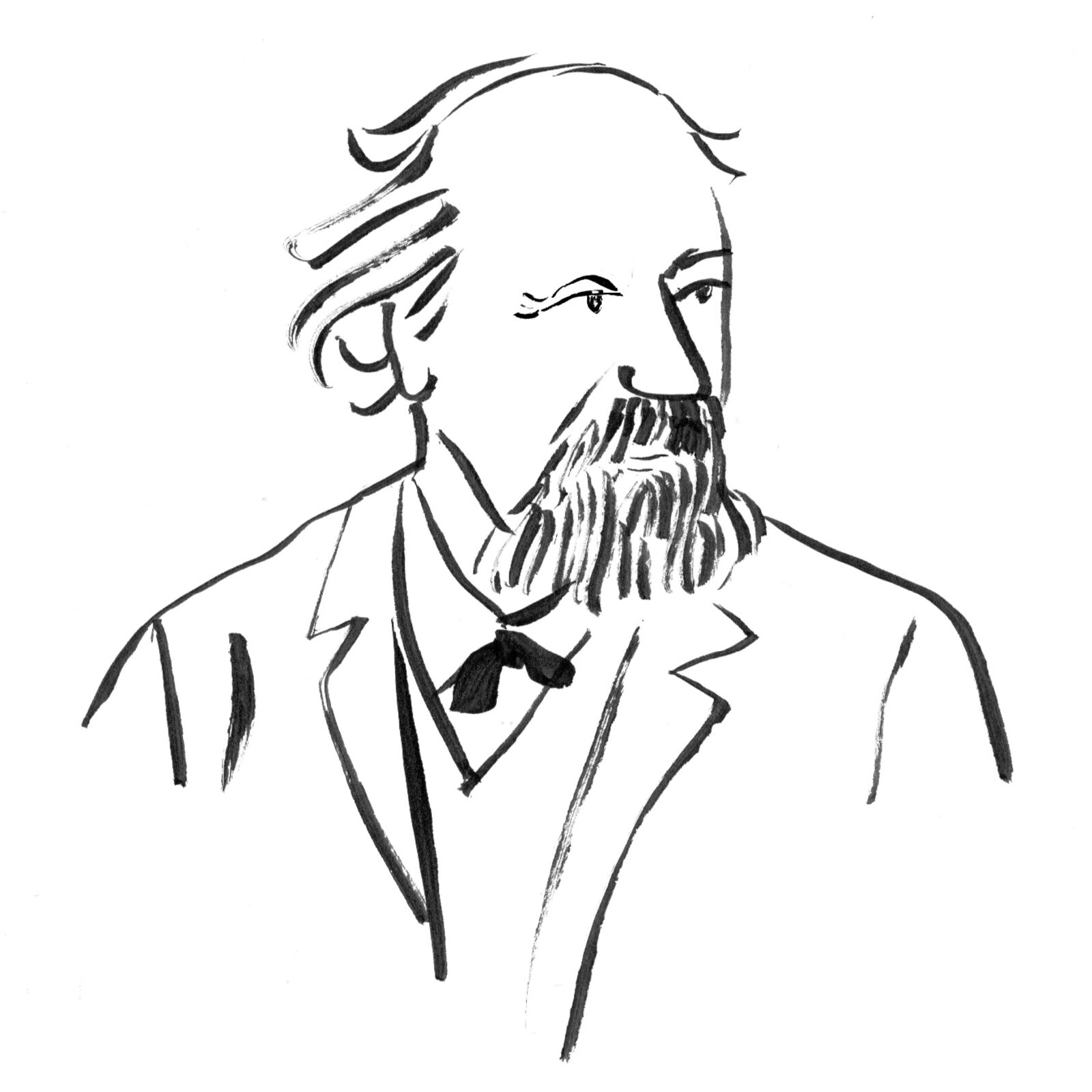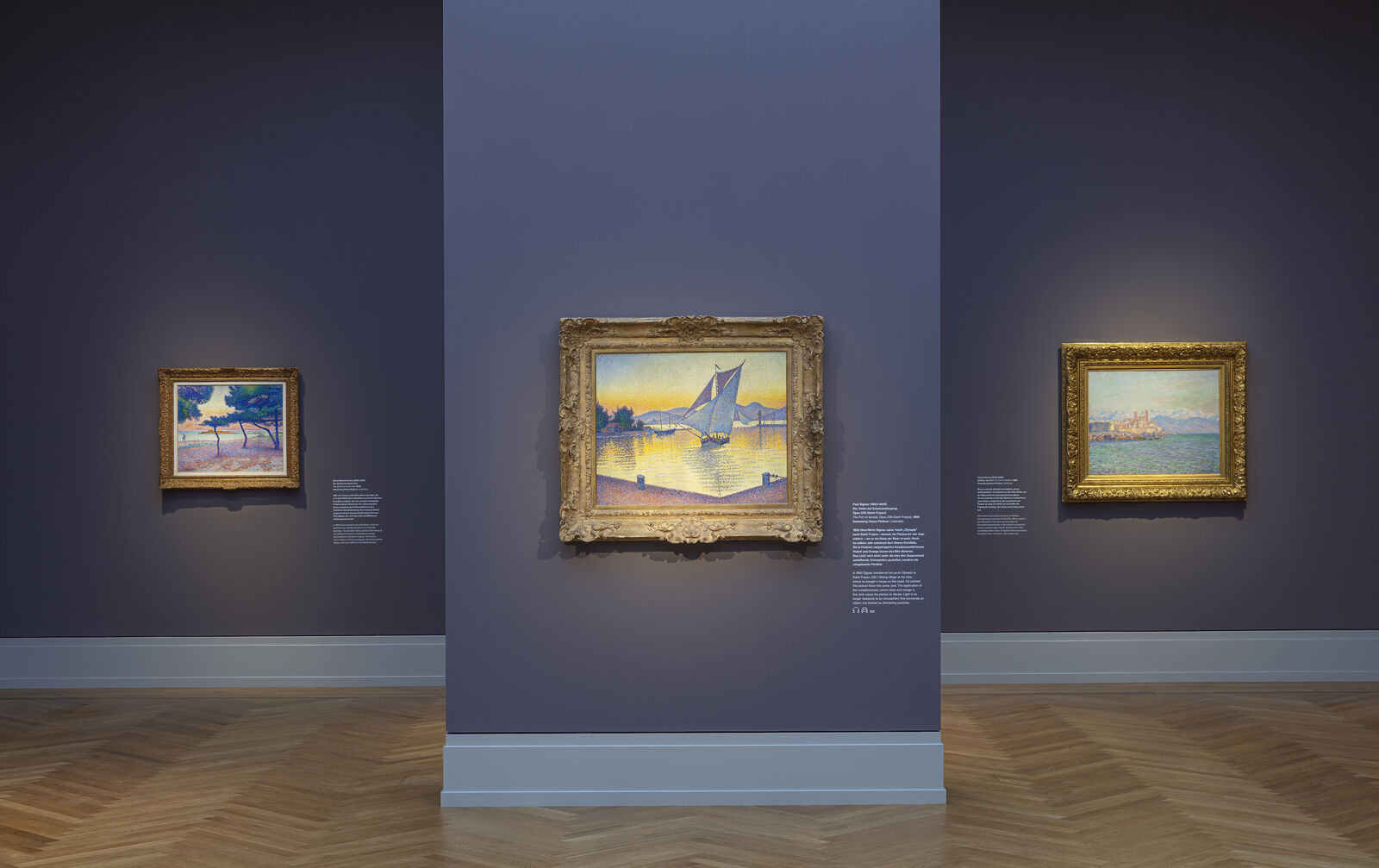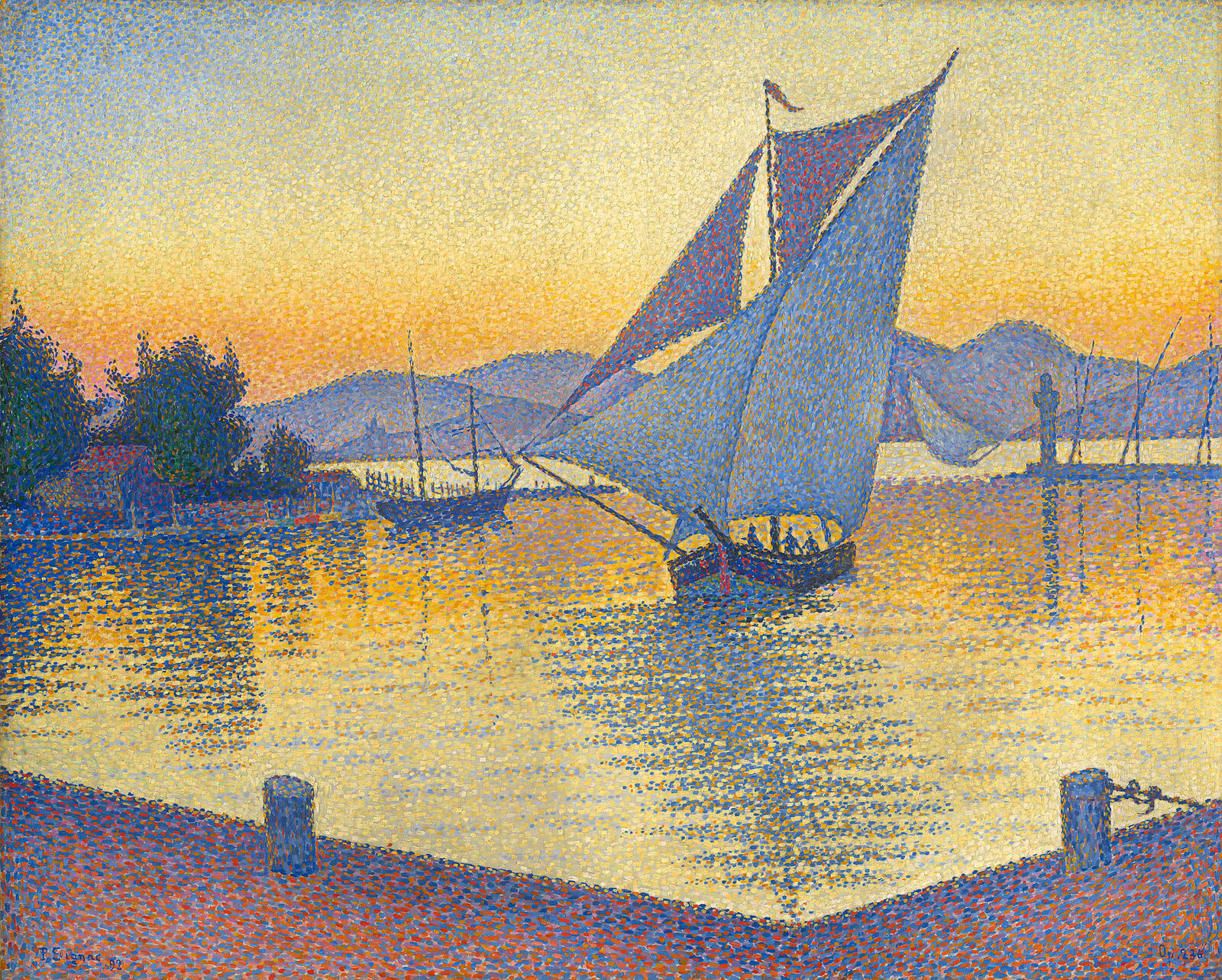
Laura Junger
Paul Signac
Born 1863 in Paris
Died 1935 in Paris
Signac employed a Divisionist technique in which dots or small brushstrokes of unmixed color were placed side by side on the canvas. As a Neo-Impressionist, he also emulated the motifs of his predecessor Monet.

David von Becker
Signac’s visit to an exhibition of works by Monet in 1880 awakened in him the desire to become an artist, and he subsequently taught himself to paint. While painting on the Seine River in 1883, he encountered Guillaumin, whose intense colors also influenced him.
In 1884 he joined with Georges Seurat and Dubois-Pillet to form the Société des Artistes Indépendants. Together they developed Divisionism, a style based on scientific principles of color perception. In 1886, they exhibited their innovative works at the final Impressionist exhibition, which could also be considered the founding moment of Neo-Impressionism. After Seurat’s death in 1891, Signac distanced himself from the Paris art scene and finally settled in Saint-Tropez.
Signac in the collection
Paul Signac is represented with four works in the Hasso Plattner Collection, on view in the Museum Barberini as a permanent loan from the Hasso Plattner Foundation. With over 110 paintings of French Impressionism and Post-Impressionism, including masterpieces by Claude Monet, Pierre-Auguste Renoir, Berthe Morisot, Gustave Caillebotte, and Paul Signac, the museum in Potsdam is one of the most important centers of Impressionist landscape painting in the world.







